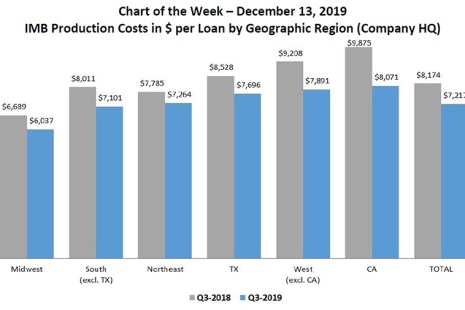MBA in late November released its Quarterly Performance Report for the third quarter. The total sample of 338 independent mortgage banks and mortgage subsidiaries of chartered banks earned an average pre-tax production profit of $1,924 on each loan they originated–a substantial year-over-year improvement from $480 per loan in third quarter 2018.
Tag: MBA Chart of the Week
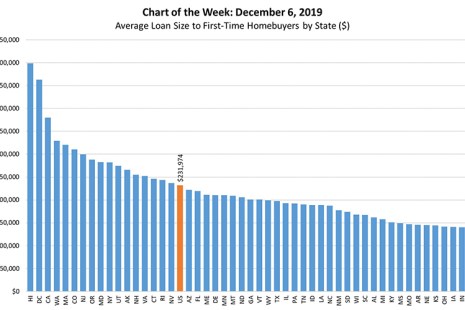
MBA Chart of the Week: Average Loan Size to First-Time Home Buyers
On average, the size of a first-time home buyer’s mortgage was $231,974 in the first three quarters of 2018, based on loan acquisitions data from Fannie Mae and Freddie Mac. This represents a 4.2% increase over the average size of $223,000 for mortgages to first-time home buyers originated in 2017 and an acceleration from the 1.8% annual gain in 2016.
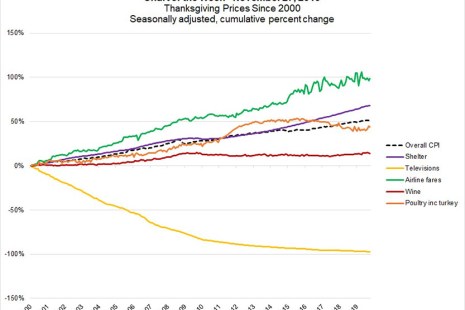
MBA Chart of the Week: Thanksgiving Prices Since 2000
This week’s chart highlights prices of items that households commonly purchase this time of the year. This is based on data from the Consumer Price Index, a main measure of price inflation published by the U.S. Bureau of Labor Statistics.
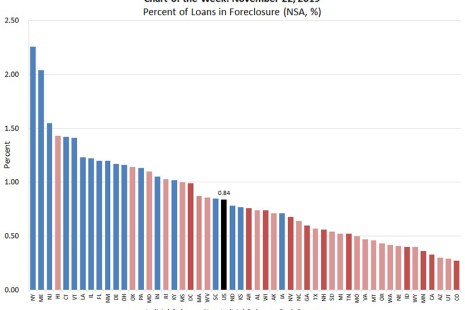
MBA Chart of the Week: Percent of Loans in Foreclosure
The third quarter results of MBA’s National Delinquency Survey, released last week showed improvements in delinquency and foreclosure measures.
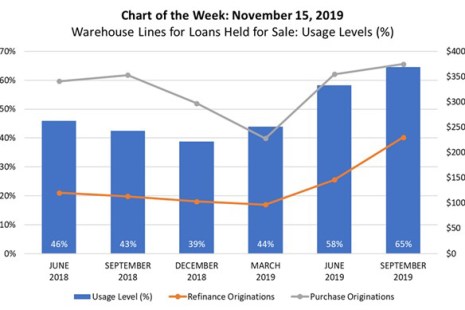
MBA Chart of the Week: Warehouse Lines for Loans Held for Sale
This week’s chart plots quarter-end average warehouse usage levels from inception of the MBA Warehouse Lending Survey in June 2018 through September 2019. It further compares these usage levels to MBA estimates of purchase and refinance origination volume for the respective quarters.
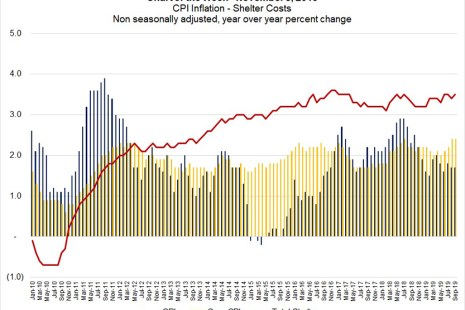
MBA Chart of the Week: CPI Inflation–Shelter Costs
Housing affordability challenges–for both buying and renting–continue to be a topic of discussion. According to the Bureau of Labor Statistics, shelter costs continue to outpace the price growth of overall goods and services, as measured by the Consumer Price Index.
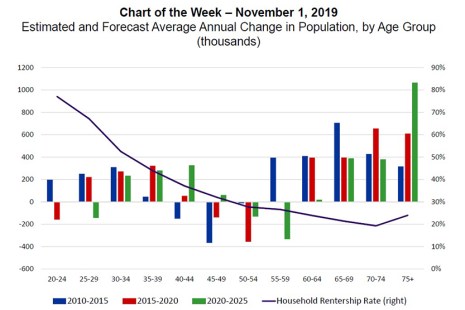
MBA Chart of the Week: Changes in Population By Age Group
Housing demand in the U.S. is expected to grow considerably over the next decade, as the large Baby Boomer cohort grows into age groups formerly held by the Silent Generation, and Millennials mature into age ranges formerly populated by the smaller Generation X. In each of the past two years, these trends have helped add a net 1.6 million households.

MBA Chart of the Week: Changes in Population By Age Group
Housing demand in the U.S. is expected to grow considerably over the next decade, as the large Baby Boomer cohort grows into age groups formerly held by the Silent Generation, and Millennials mature into age ranges formerly populated by the smaller Generation X. In each of the past two years, these trends have helped add a net 1.6 million households.
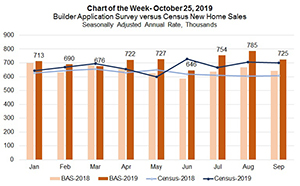
MBA Chart of the Week: MBA Builder Applications Survey vs. Census New Home Sales
According to data from the MBA Builder Applications Survey, new home purchase activity fell in September but remained higher than a year ago, continuing a trend where purchase demand for new homes for sale this year have consistently outpaced year ago levels.

